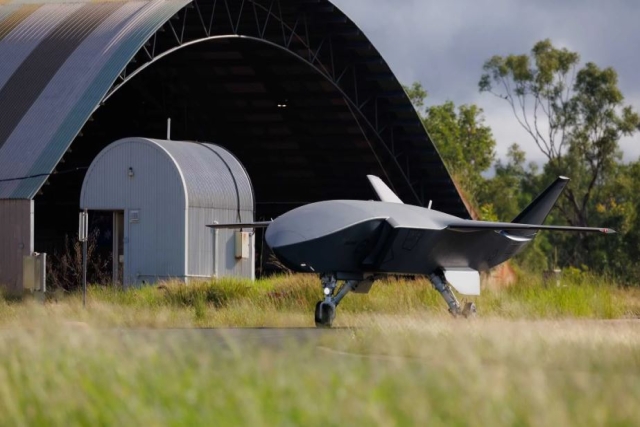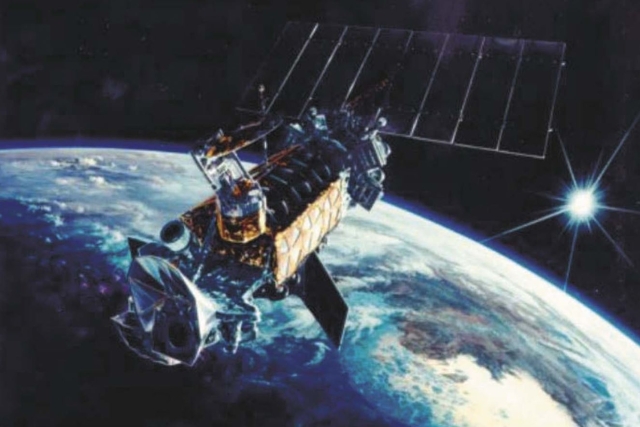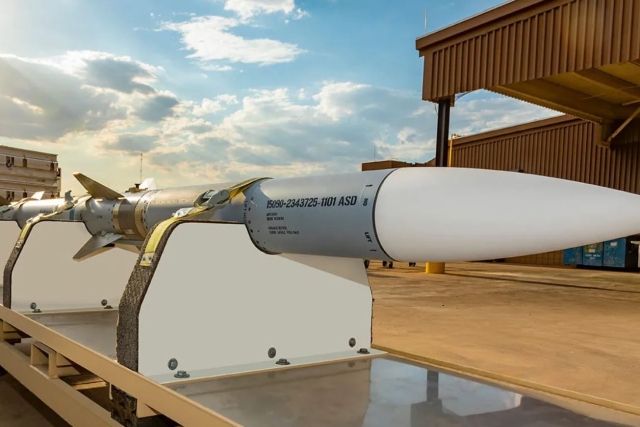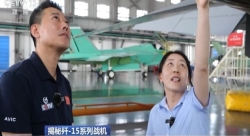Australia Issues $16.9M in Contracts under Project LAND 156 to Counter Drone Threats
ADF to deploy 120 drone-detection and defeat systems as government accelerates multi-billion dollar uncrewed systems investment

The Australian Government has issued $16.9 million in initial contracts to 11 vendors, including five Australian companies, under Project LAND 156, accelerating the rollout of counter-drone systems to protect Australian Defence Force (ADF) personnel and infrastructure.
The contracts will deliver at least 120 drone-detection and defeat technologies following testing, forming the first wave of equipment rapidly entering ADF service.
“We have accelerated the acquisition of an appropriate mix of drone capabilities to suit Australia’s environment of military interest,” said Minister for Defence Industry Pat Conroy.
Further contract announcements are expected in the coming months, including for command-and-control capabilities, sensors, and effectors to give the ADF broader options to counter drone threats.
The initiative is part of a rolling procurement plan to upgrade and refresh counter-drone capabilities in response to fast-changing technology. The government has already invested $58 million over the past three years in research, development, and prototyping to support this work.
The Advanced Strategic Capabilities Accelerator’s (ASCA) Mission Syracuse is also driving the development of technologies to defeat medium-sized drones and swarms, which will feed into LAND 156’s future phases.
The Albanese Government plans to invest over $10 billion in drone systems over the next decade, including $4.3 billion in uncrewed aerial systems (UAS). This includes work with domestic companies such as DroneShield, Sypaq Systems, AMSL Aero, Grabba Technologies, and Boresight to strengthen sovereign defence capabilities.
The new equipment will complement drones already in ADF service—Black Hornet, PUMA, Wasp, Skylark, and R70 Skyranger—as well as new systems including the Switchblade 300, Insitu Pacific Integrator, and Quantum Systems Vector 2-in-1.
Many of these systems are currently being tested at Exercise Talisman Sabre, aimed at accelerating deployment timelines.
“The Australian Government knows drone and counter-drone technology will continue to evolve rapidly,” Conroy said. “Australian industry is critical to delivering this technology, and they are demonstrating world-leading innovation while creating Australian jobs.”














